QuestionHi my name is Shannon, and me and my boyfriend just brought a four month old micro mini pig, and we absolutely love him. We have had him for a week now, but we all are so attached already. He will follow us everywhere inside, and sleep with us every chance he gets. We have him going on pee pee pads, and for the most part he has been doing really great. He seems to like to poop behind stuff where you can not see him. Is there some way to stop this? Also we feed em twice a day using mazuri brand pig feed, and I was wondering how much to feed him daily? We do not want to over feed him, or especially under feed him. We do give him snacks during the day too. Also, milk. We have never owned a pig before, and want to do it right. We have a problem getting him to listen when we say no, or try to discipline him. Not always, but is there a better method besides saying no and tapping him lightly on the nose? also he makes so many different sounds could you tell me a few pigs will make so we can understand him better. Thank you douche, and I appreciate all the help you can give.
AnswerIn the wild, piglets are an easy meal for predators, so piglets have survival instincts hard wired into their brains. One is hiding when they poo, another is pooping when their feet get wet.
Keep him away from his hidden "poop spots" until after he has pooped in the right place. He seems to like some privacy, so try to give him some if you can.
Pigs learn to potty in a particular spot. So, make sure the potty spot is located in a reasonable spot for long term use or move it now, so piggy can readjust as quickly as possible. They like to go "downhill" to potty, they do not like to go up stairs or step up into a high rimmed litter box.
Feeding pigs is more art than science. The rule of thumb is a minimum of 1/2 cup, then 1/2 cup per 15 lb of piglet for larger pigs. But, active growing piglets often need more. You'll notice if piggy is getting too much food, he'll grow a belly and jowls. If piggy looks really thin or you can feel bones, piggy needs more to eat.
Pigs are smart, so they don't respond the way a dog or cat does. Pigs see the world as a ladder, with each person, pet or pig having his or her own rung. Pigs show their higher rank by making lower ranking pigs move. For example, if a low ranking pig is sleeping under a bush, a higher ranking pig might make the lower pig get up and move away. The higher ranking pig may or may not take the sleeping spot, because it wasn't about who gets the spot. It's about the fact that the higher pig can make the lower pig get up and move.
So the trick is to apply this concept to interactions with your pig. For example, never step over or around the pig, make the pig get up and move out of the way. If the pig like to climb on furniture, make the pig get off and go down to the floor at random times. Make piggy stay on the floor until YOU say it's Ok to come back up. Make piggy move at random times throughout the day, or make piggy do a moving trick (like walking in a circle or spinning) before meals. Trick training is great because it teaches the pig to listen to and trust the owner as well as reinforcing the owner over pig ranking in a fun way.
No is a confusing word. We use it constantly and it even pops up inside other words like Nobody. So to make it easier for piggy, choose a different word or phrase, like "Knock it off", or "Stop That", and gently push his shoulders or make him take a step or two back. Making piggy move away is something piggy instinctively understands.
I highly recommend the book Pot Bellied Pig Behavior and Training by Priscilla Valentine. I also recommend the dvds from Tophogs.com, There's a Pig in the House and Amazing Pig Tricks. Yahoo has an excellent email group called PigInfoAndChat, with knowledgeable friendly people and good advice. Facebook also has groups devoted to pet and mini pigs. But, some of the advice on some of those groups is questionable, particularly groups sponsored by breeders. Mini Pig Education is a good group with mostly good advice.

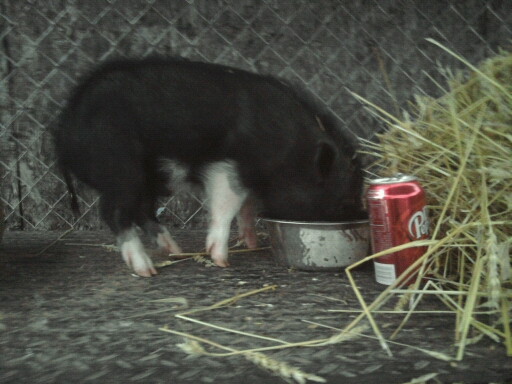 How big will he get?
Question
Carter
I have a six month old potbellie
How big will he get?
Question
Carter
I have a six month old potbellie
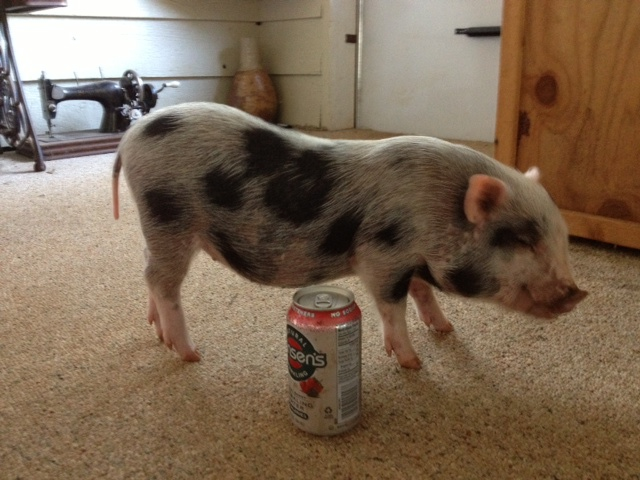 Feeding/Weight Juliana Mini Pig
QuestionQUESTION: Hi, I appreciate your website and all
Feeding/Weight Juliana Mini Pig
QuestionQUESTION: Hi, I appreciate your website and all
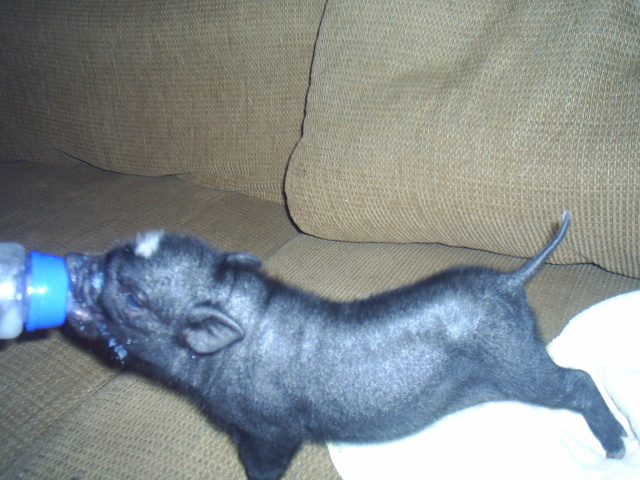 10 days old...Am I doing it right?
QuestionQUESTION: we recently got a 10 day old pot bell
10 days old...Am I doing it right?
QuestionQUESTION: we recently got a 10 day old pot bell
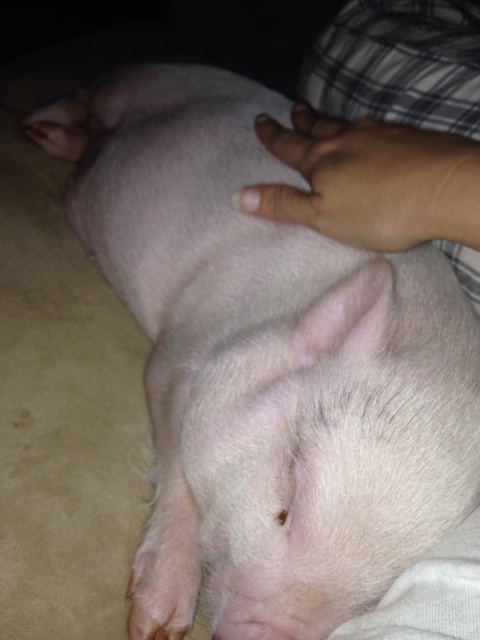 My 7 week old Hamlet
Question
Only time I am good My little boy
My 7 week old Hamlet
Question
Only time I am good My little boy
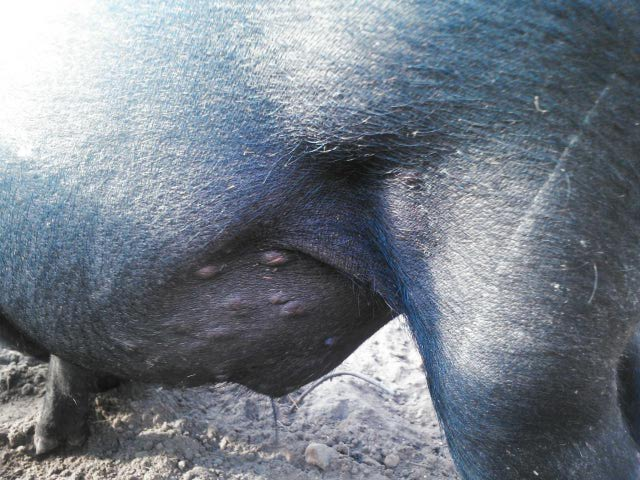 Bumps on my pbp
Question
Bumps
My boar has the bumps pictured on
Bumps on my pbp
Question
Bumps
My boar has the bumps pictured on